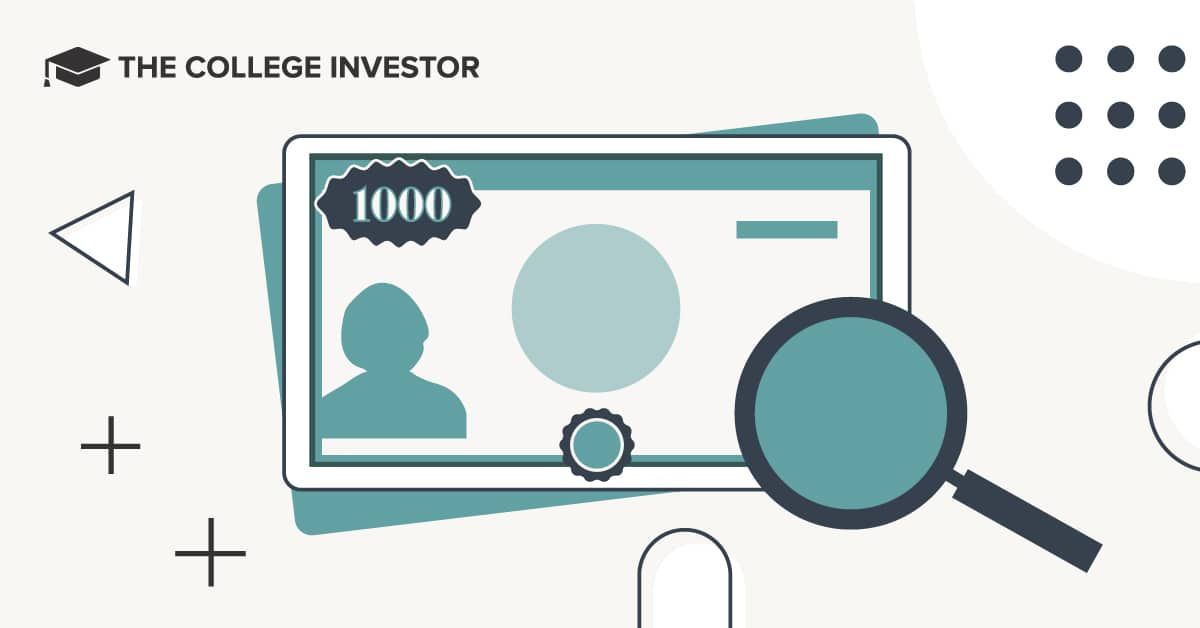
Economists have been known to say, “There ain’t no such thing as a free lunch”—an expression that holds multiple meanings. In the world of investing, it means there's always a catch. Take for example, retirement. You may have the ability to get a tax break when you withdraw your funds, but you can’t touch it until you’re at least 59 ½ years old.
In today’s highly inflationary environment, which is compounded by the stock market tanking and real estate volatility, I-Bonds have made their way into the investing limelight, as they seem to be a way to earn solid returns with a high degree of safety.
Even if experts are touting I bonds as a hot new investment vehicle, like all investments, I bonds carry risks and rewards. Here’s what you need to know.
What is an I Bond?
I Bonds are a form of savings bond offered by the U.S. Department of the Treasury. When you buy an I bond, you’re investing in debt owed by the U.S. Federal government. In exchange for buying the government’s debt, they promise to repay you with interest for up to 30 years.
While the U.S. Department of the Treasury issues many styles of bonds, I bonds are particularly appealing because they are an investment designed to protect you from inflation risk. The interest rate on the bond fluctuates with the rate of inflation. Higher measured inflation means that the interest rate on the I bond goes up. Likewise, when inflation decreases, the interest rate on an I bond decreases.
Understanding Interest Rates on I Bonds
The Treasury has designed interest rates on I Bonds to help protect investors against inflation risk. The I Bond has two interest rate components.
- The fixed rate is the rate that the Treasury will pay for up to 30 years.
- The current fixed rate is 0.4%.
I Bonds also pay a variable rate that adjusts every 6 months. The variable rate changes based on the measured rate of inflation.
The 6-month rate of inflation right now is 3.24% (or 6.48% annually. Adding together the fixed rate (0.4%), the variable rate (6.48% on an annualized basis) and the effect of semi-annual compounding, the current interest rate on an I bond is 6.89%.
But your I Bonds aren’t going to pay out 6.89% for the next 30 years. This rate will adjust every six months and will generally keep pace with inflation.
What Are the Rules for Investing in I Bonds?
With I Bond interest rates hovering around 6.89%, these bonds look incredibly appealing (especially compared to savings accounts). However, there are some limits to investing I bonds. Here are ones to consider:
Annual Limit: $10,000 per Person, Per Year
The easiest way to buy I bonds is through TreasuryDirect. You can set up and fund an account directly on the site. When you do this, you can buy up to $10,000 in bonds per person per year. Also, there’s a $25 investment minimum, which means you need to buy at least $25 in I bonds at a time.
All U.S. citizens and legal entities can buy bonds. You can even set up custodial accounts on TreasuryDirect if you want to buy bonds on behalf of your children.
Up To $5,000 Per Year In Bonds Bought Through Your Tax Refund
“Paper” savings bonds are bonds purchased using the proceeds of your tax refund. To buy paper savings bonds, you use IRS Form 8888 to specify how much of your refund should go to savings bonds. You can buy up to $5,000 in I bonds each year using your tax refund.
Must Hold Funds For At Least A Year
Money invested in I bonds is locked up for a minimum of 12 months from when you buy it. It’s not easily liquid at first, but after a year the money is easily accessible.
You could even use I bonds as a part of your emergency fund. After the 12-month lockup, your I bonds can be sold at any time. If you sell them before holding them for 5 years, you will forfeit 3 months’ worth of interest.
Pros and Cons of I Bonds
Pros
- Currently paying high rates. With negative returns in the stock market and real estate market, the guaranteed 6.89% yield on I bonds is quite appealing in today’s inflationary environment.
- No risk of loss to inflation. Whether inflation increases or decreases, your I bond investment will keep pace with inflation.
- Money separated from other investment accounts. TreasuryDirect Accounts are separated from other accounts by a difficult to permeate barrier. You have to be very intentional about putting money in and taking it out. This can help you avoid “emergency” vacations and instead keep your emergency funds completely separate from the rest of your money.
Cons
- Cash is locked up for at least one year. You cannot access your investments until one year has passed. If you don’t have any extra cash, you won’t want it at TreasuryDirect.
- Forfeit three months of interest when withdrawing funds. You can withdraw money from your TreasuryDirect account after one year of investing. But when you withdraw before a five-year minimum, you’ll forgo the last three months of interest accrued. While this isn’t a deal breaker for long-term investors, this can be a problem if you plan to move money out of TreasuryDirect every year or so.
- No chance of beating inflation. While you’ll never lose ground to inflation, you’ll also never beat inflation with I bonds. I bonds are a great part of a “safe and secure” part of your investment portfolio. For long-run growth, you’ll need to consider assets with more growth potential such as stocks.
How Can I Buy I Bonds?
You can buy I Bonds two ways. First, you can buy up to $10,000 in I bonds each year through TreasuryDirect. Set up an account using your Social Security Number, name, current address, and other details.
Once approved, you can transfer money into your TreasuryDirect account and buy I bonds. For further instructions follow the instructions on TreasuryDirect.
Buying paper I bonds with your tax return is a bit more complex. To do it, you need to complete IRS Form 8888. This form allows you to allocate up to $5,000 in refund money to savings bonds.
Are I Bonds Right For Me?
Only you can decide whether I bonds have a place in your portfolio. The current yields may make them attractive. But if you’re a growth-oriented investor, I bonds may not fit in your portfolio right now. However, I bonds can serve as a cash cushion and a way to protect you from investment volatility.
In the long run, you need a diverse range of assets to make your investment portfolio. This approach will help you succeed in every market environment. You can choose whether the inflation protection offered by I bonds makes sense given your other investment goals and priorities.

Hannah is a wife, mom, and described personal finance geek. She excels with spreadsheets (and puns)! She regularly explores in-depth financial topics and enjoys looking at the latest tools and trends with money.
Editor: Claire Tak